In the modern world where everyone depends on the internet, your website’s fast and efficient working is important. This is especially an issue in a region such as the UAE, where the users are very impatient and demand instant page load times and easy navigation. If your website is slow loading, you will discourage many potential clients, eventually harming your brand equity and shipping your website rankings to the bottom. In this blog, we will show you how to improve your website speed and performance considering while considering the UAE market.
Why Website Speed and Performance is Important?
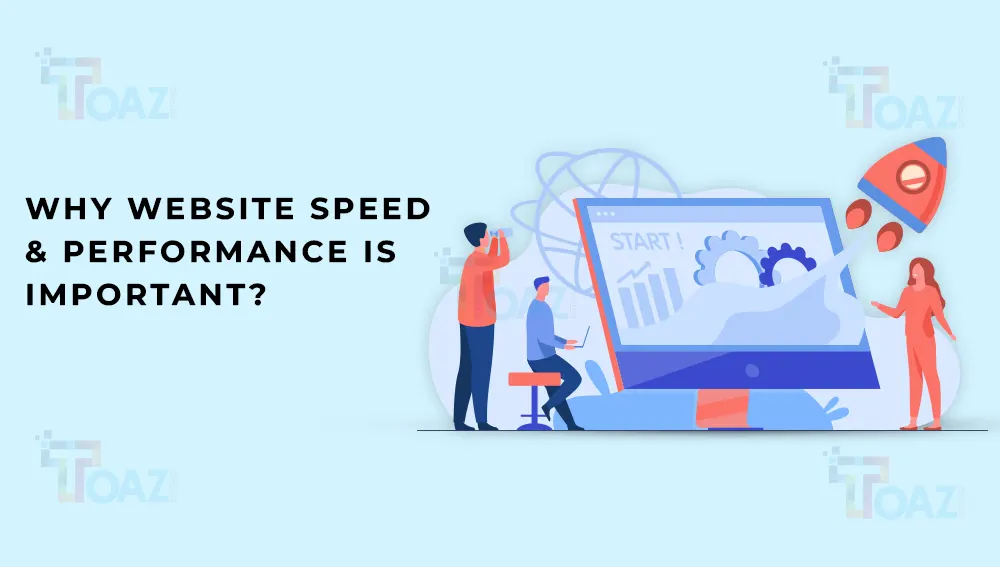
Now, it is time to find out why website speed and performance matter in the UAE before discussing the details.
1. High User Expectations: The population of the UAE is highly connected, with the penetration rate standing at more than 99%. Indeed, this is something that Internet users in this country have come to take for granted, and that is the issue of high velocities. A slow site will irritate visitors, who tend to navigate to other sites belonging to competitors in the shortest time possible.
2. Mobile-First Audience: More than half of the UAE population is stated to be using the internet, and the use of the internet is most commonly through a mobile phone. This implies that the design of the website should ensure that the site can be easily opened and that one is able to maneuver through the site using a cellphone or a tab.
3. SEO Impact: Google has publicly stated that a site’s speed is essential in ranking. In any competitive market like the UAE, firms strive to be the first on SERPs, and a slow website can negatively affect position and traffic.
Professional Web Designers in Dubai create websites with aesthetic appeal and functionality based on specific business needs. They combine innovation with modern technology to provide excellent services in the online market. These designers understand the market trends, so they guarantee your brand is unique in the digital market. So, trust them to help you gain a better appearance with modern and stylish website designs.
Now that we have learned why having a fast and efficient website is crucial let’s look at ways to improve it.
1. Selecting the Appropriate Web Host
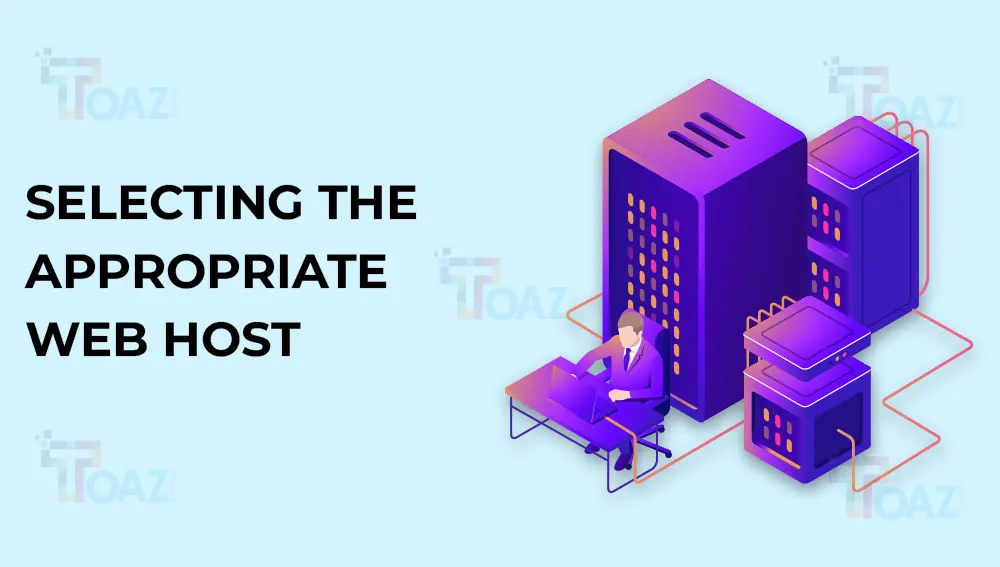
Your hosting provider is one of the key elements affecting your website, particularly its performance. When choosing a host for your website in UAE, it is better to opt for companies with servers in UAE or at least in neighboring countries so that the website will not be delayed in loading.
Tips:
- Select a hosting provider with data centers in the UAE or in neighboring countries, such as Saudi Arabia, Bahrain, etc.
- It may be possible to use a Content Delivery Network (CDN), where there are many servers with the content in many places across the world, and thus, the client does not have to wait for the information to be sent from a faraway place.
- Select a hosting package that will meet your site requirements; this will also depend on your business. This type of hosting is cheap, but several sites are hosted on one server, so your site will be slow during a traffic spike. If you wish to get better performance, then it is recommended to go for VPS or dedicated hosting.
2. Optimize Images and Media Files
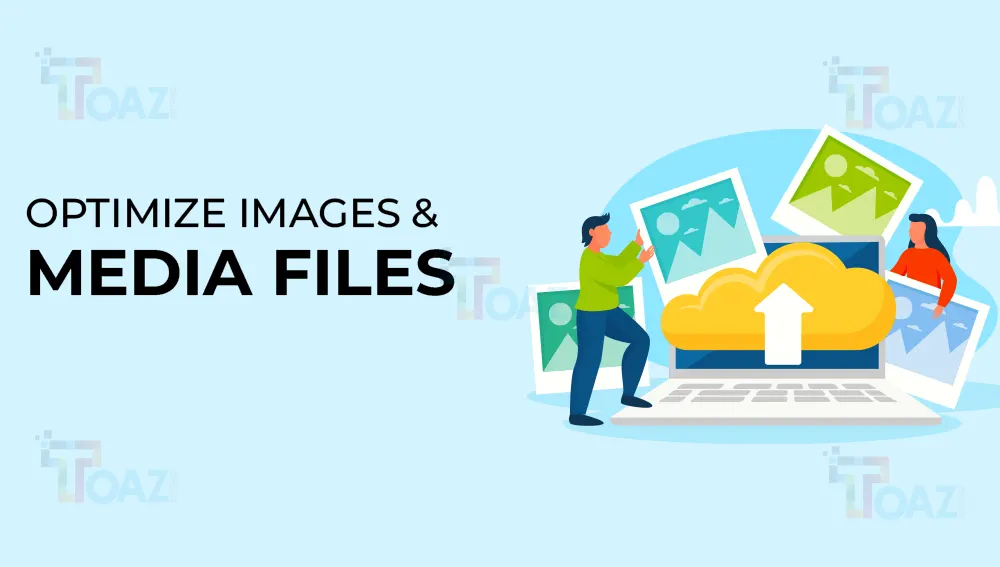
Slow websites are often caused by large images and media files, among other things. Minimizing these files can significantly enhance your site’s loading time, and none will be of low quality.
Tips:
- Compress Images: When designing a site, one should ensure that images do not slow down the site, and this can be done by using tools like Tiny PNG or JPEG-Optimizer to compress the images. It is suggested that the majority of the photos should preferably not exceed 100kb in size.
- Lazy Load Images: This will result in the images not loading at once and becoming invisible to the users until the use of lazy loading. This assists in conserving the time that would have been taken to load the page, hence enhancing the speed.
- Use WebP Format: Compress the images in the WebP format, which is said to have better compression than JPEG and PNG.
3. Minimize HTTP Requests
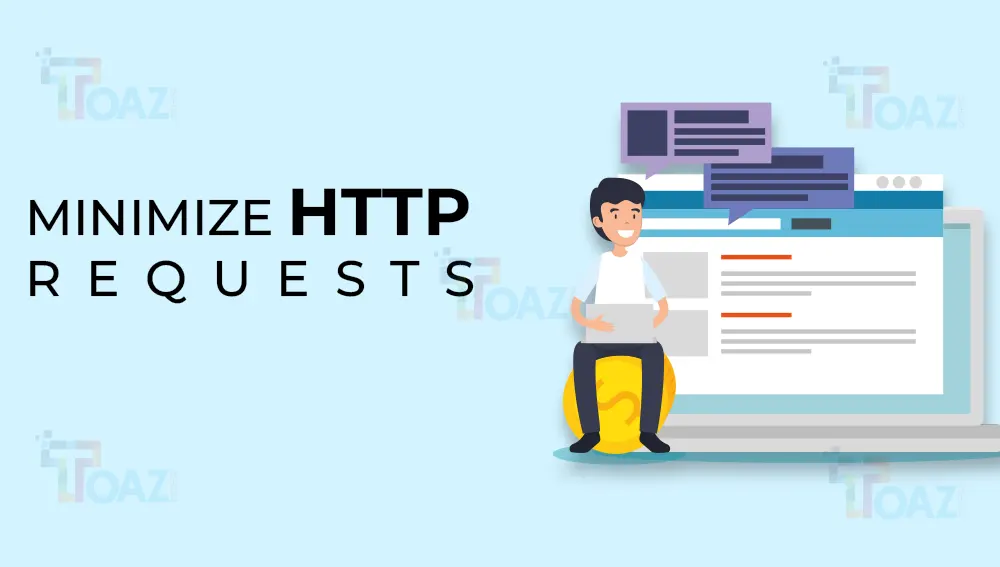
An HTTP request is made for each item on your website: an image, a script, or a style sheet. It has also been noticed that with the increased requests, the time taken to load a page increases. These requests are a primary cause of delay, and if the number of these requests is decreased, then the speed will improve greatly.
Tips:
- Combine Files: Reduce the size of the CSS and JS files as much as possible and preferably use the fewest files. This implies that it reduces the number of requests that have to be made to create your website.
- Reduce Plugins: While this is true to some extent, it is recommended that you do not overcrowd your website with too many plugins.
- Use CSS Sprites: Group several images into one that can be easily uploaded and used in the game. This reduces the number of calls made to the server for images, thus improving loading time.
4. Enable Browser Caching
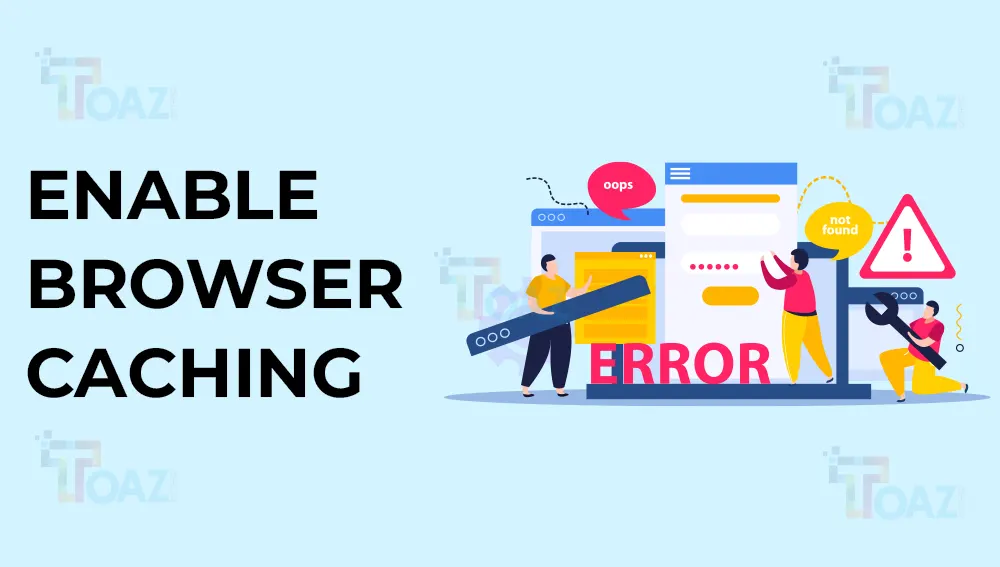
Optimization involves some of the site’s content that is not frequently changed to be stored in the user’s computer and thus does not have to be continually requested from the server. This can remarkably reduce the request time if the same user visits the following website pages.
Tips:
- Set Expiry Dates: Your server’s system should be able to set the parameters in relation to the time span of different categories of files. For instance, when setting the cache, one can have it that for images, the cache will expire after one year, while for HTML, it will expire in one week.
- Use Cache-Control Headers: One of the headers you should use includes Cache-Control to tell the caching policy for some files where some should be cached and when they should be cached. This gives you better control over what to cache and how long.
- •Leverage Browser Caching Plugins: If you use a CMS like Word press, you can use plugins, such as W3 Total Cache or WP Super Cache, to enable browser caching.
5. Optimize Your Code
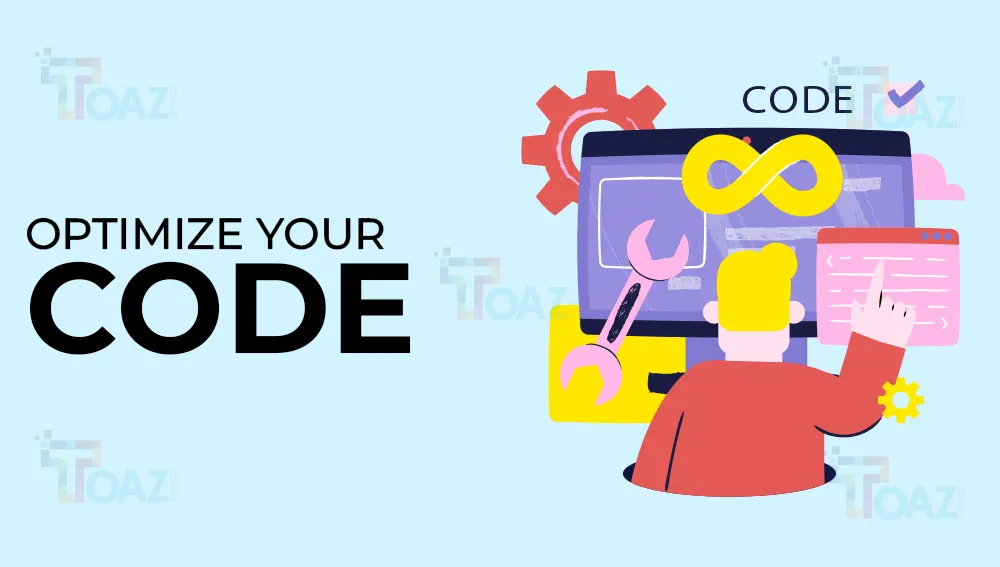
It is essential to have clean and efficient code regarding website speed. This is why it is necessary to minimize HTML, CSS, and JavaScript code since large code bases can hinder a site’s performance.
Tips:
- Minify Code: Eliminate blank spaces, comments, and blank lines from your code.
- Defer JavaScript: Avoid executing scripts that aren’t critical to the page load. This will cause the page to wait for scripts to run, reducing the page’s loading time, particularly on mobile devices.
- Eliminate Render-Blocking Resources: Unsubscribe from all resources hindering your page’s rendering. Issues like these can be identified and solved with tools like Google Page Speed Insights.
6. Select the Usage of CDN (Content Delivery Network).
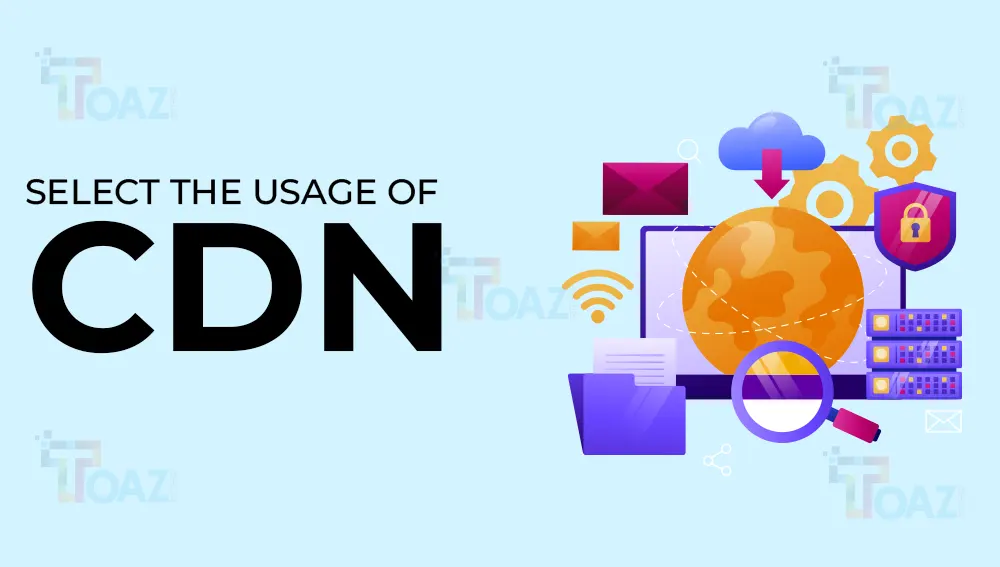
A CDN is a set of servers scattered worldwide. It delivers your content from the nearest server, reducing the loading time and, therefore, improving your site’s performance.
Tips:
- Choose a CDN with a Presence in the Middle East: Make sure that the CDN you use has servers in UAE or nearby countries. This guarantees that the content you offer gets to the users within the region in good time.
- Implement a CDN on Your Website: To link your CDN with your website, you need to alter your DNS settings and set up your website to use the CDN to deliver content.
7. Monitor and Analyze Performance
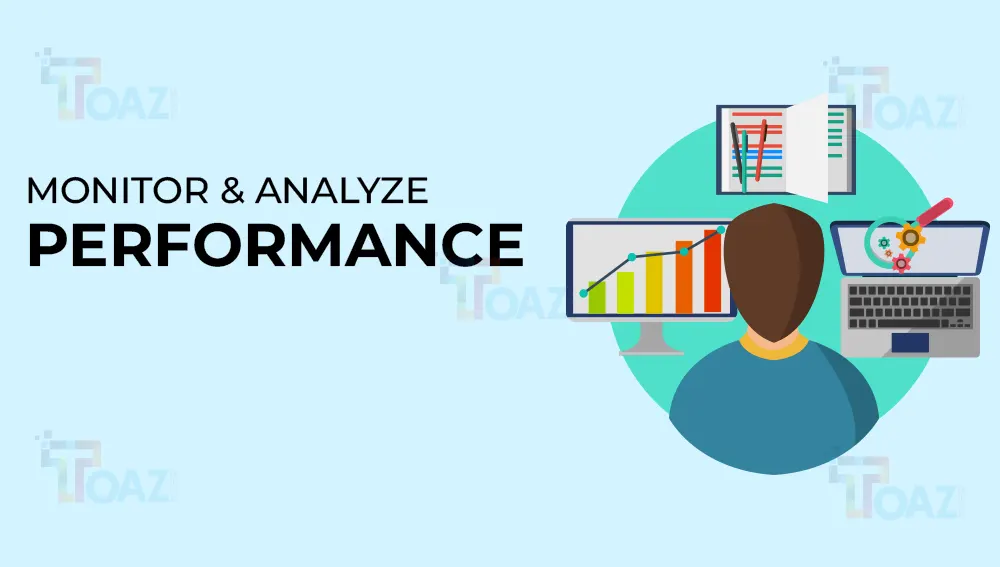
Evaluation is not something you do once and then forget about regarding your website. It is crucial to ensure that your site still produces the desired results for your business.
Tips:
- Use Performance Testing Tools: Others include Google Page Speed Insight, GTmetrix, and Pingdom, essential in generating reports on your website’s performance. Utilize these tools to determine which aspects you need to work on and to monitor your development.
- Set Up Regular Audits: Performance audits should be performed frequently to determine any new problems that may have emerged. This is very helpful if you have recently changed the layout of your website or included new sections, functions, and information.
- Monitor Uptime: The Uptime Robot is a helpful application for monitoring uptime. Yes, downtime negatively affects the user and the website’s ranking on search engines.
Conclusion
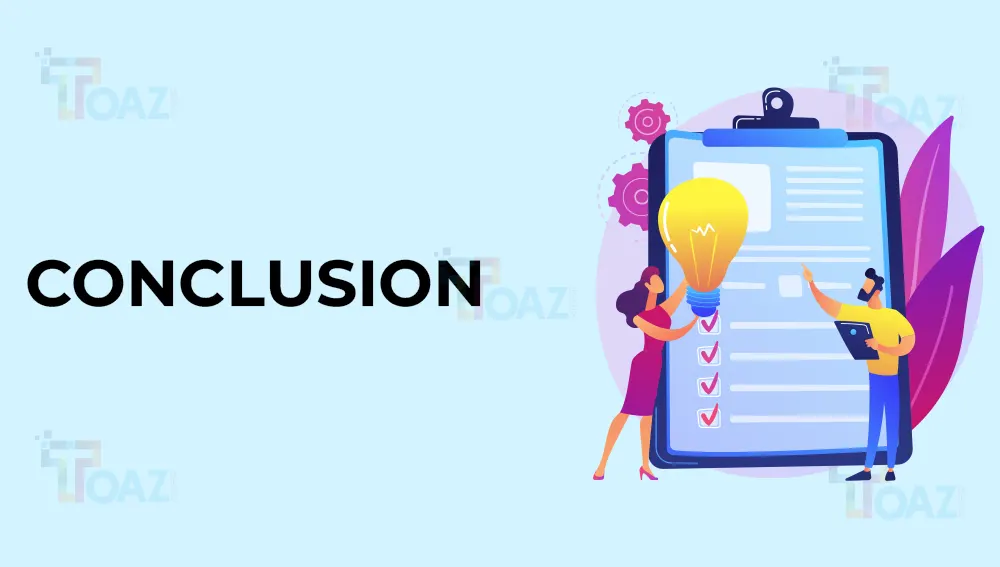
It is crucial to enhance the speed and performance of your website in UAE because it determines the overall experience shared by the customers, the ranking in SERP, and the competitiveness of the business in the digital world. Thus, the above tips and strategies suggested in this guide, you can guarantee your website will provide a satisfying user experience in the UAE and other countries. Please remember that optimizing your website is not a one-time process but a continuous process that needs constant review. Keep up with these tips to remain in the race, and you will see your website’s performance rise.





































